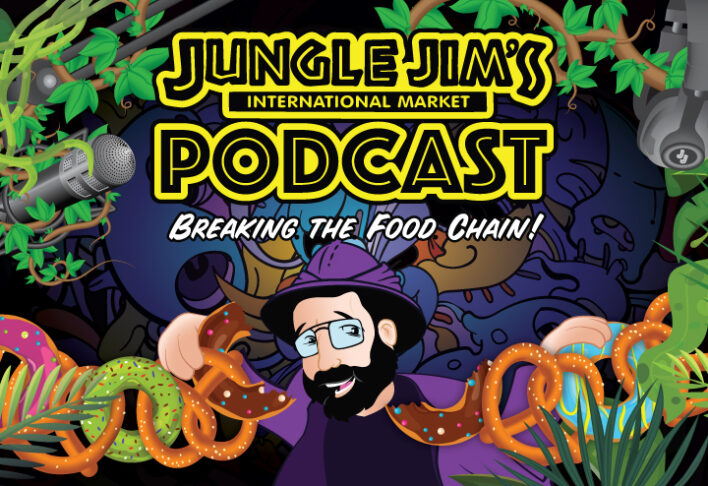
Beer Department: Wet Hopping
Back to feed- Posted: 10/11/2016
- Categories: Craft Beer
|
In the beer world, lots of turns-of-phrase and mumbo jumbo get tossed around by marketing folks without much to substantiate them. Fortunately, dry hopping and wet hopping are real things that actually significantly impact the beer. Unfortunately, however, they’re not opposite of one another but rather unrelated terms.
Dry Hopping refers to the process of soaking hops in beer after the boil is finished. This post |
The overwhelming majority of all beers on Earth are brewed with hops that have been harvested and then either turned into hop pellets or dried in their whole cone form. The reason hop farms do this is that fresh hops are extremely fragile and have a short shelf life, so drying the hops increases their stability, allowing them to be shipped and stored for year round use.
The thing that makes harvest season so magical for us beer nerds is that some enterprising brewers and farmers coordinate their efforts to brew once-a-year batches of incredibly fresh beers using fresh, undried, wet hops straight from the fields. The hops are harvested fast, loaded onto trucks, and shipped nationwide as fast as possible to the breweries. Once at the brewhouse, the hops are quickly added into the beer before all the delicate, volatile intangibles that make hops so tasty disappear forever.
The end result in using wet hops, aka fresh hops, as compared to traditional hops, yields a beer with intense aromatics and incredibly green, you guessed it, fresh flavors. Wet hopped beers taste so much more alive and vibrant than their year round, classically hopped brethren. So jump (hop) on this delicious bandwagon while you can and buy as many as you find before their very limited availability disappears again until next year. Cheers!
-Eric, Eastgate
Want to receive the latest and greatest in Expert Picks and Recommendations? Sign up to receive our monthly Brew Crew Crewsletter!





